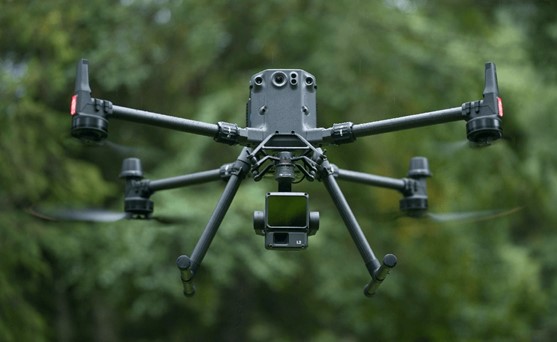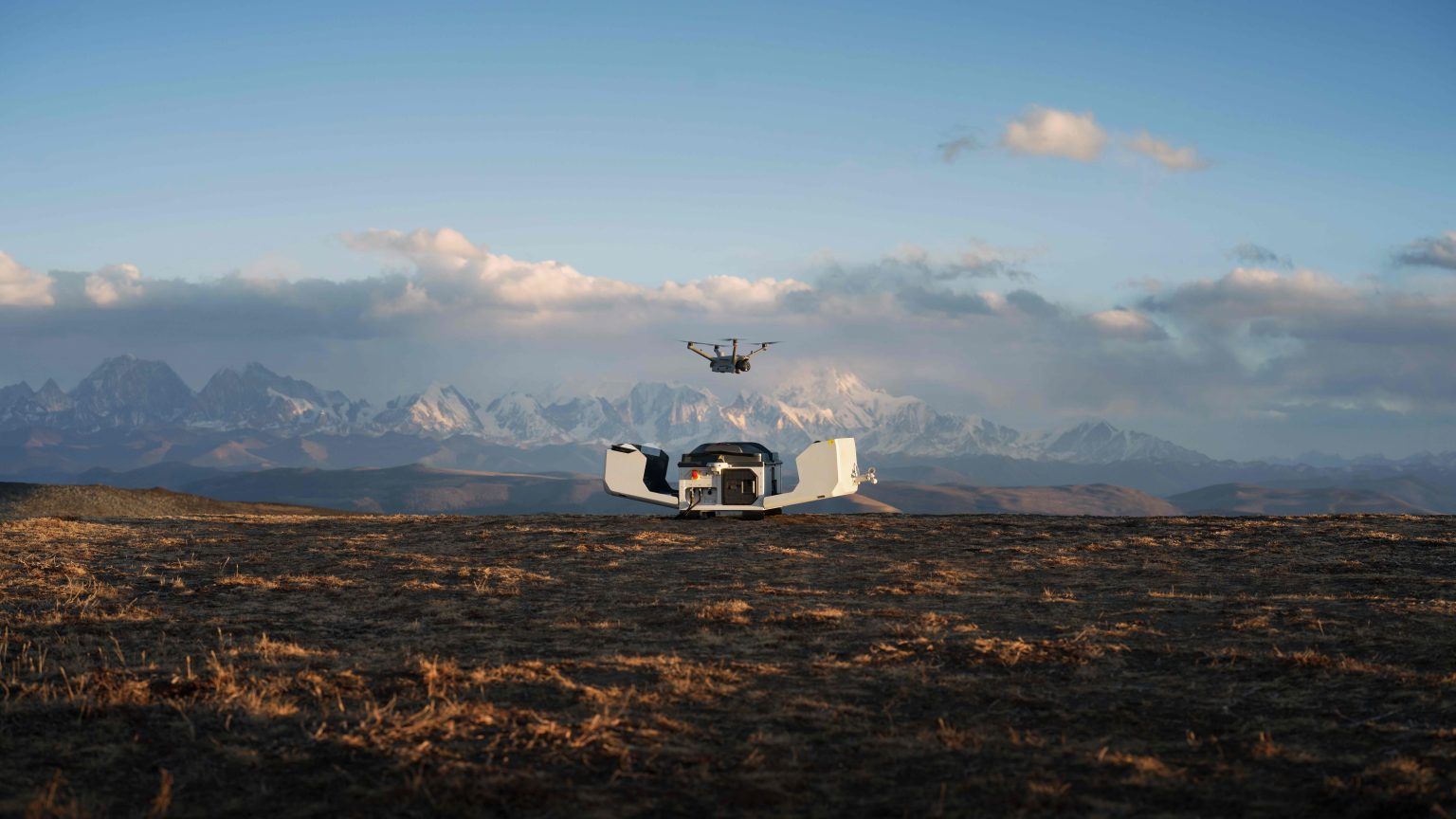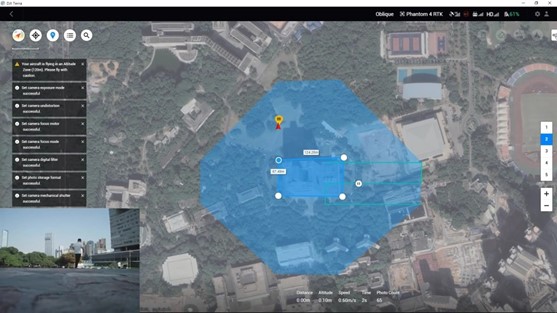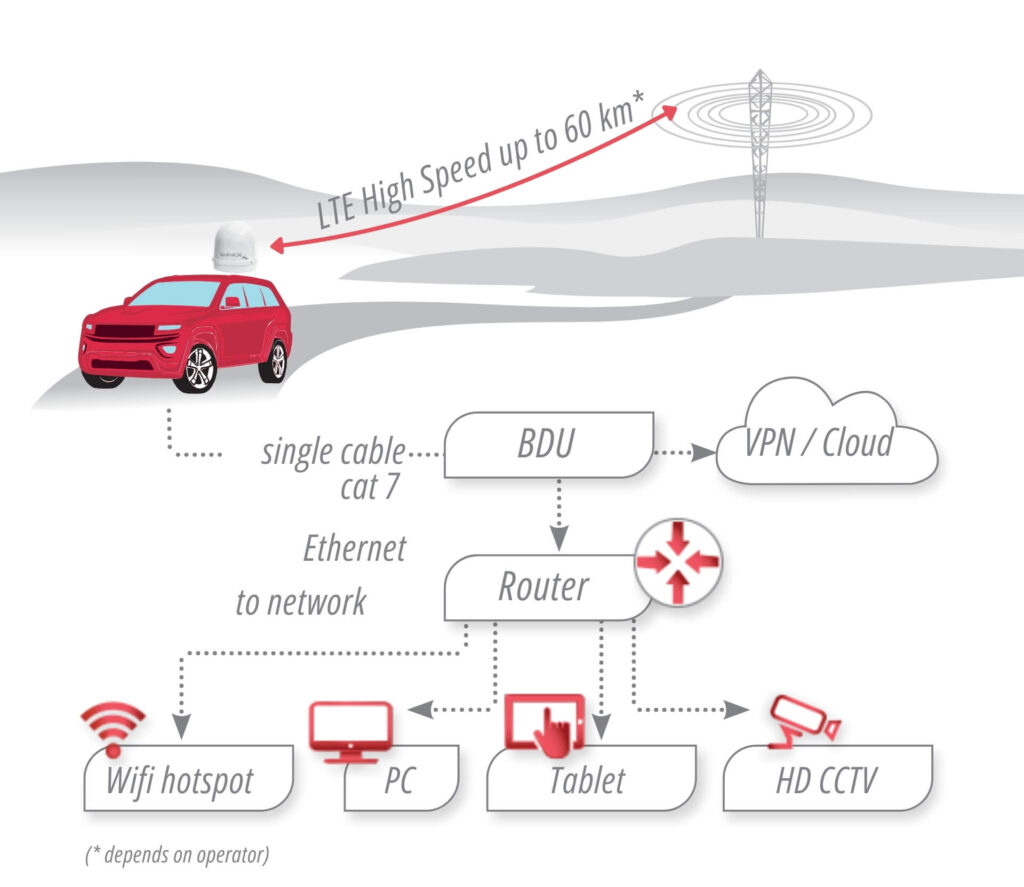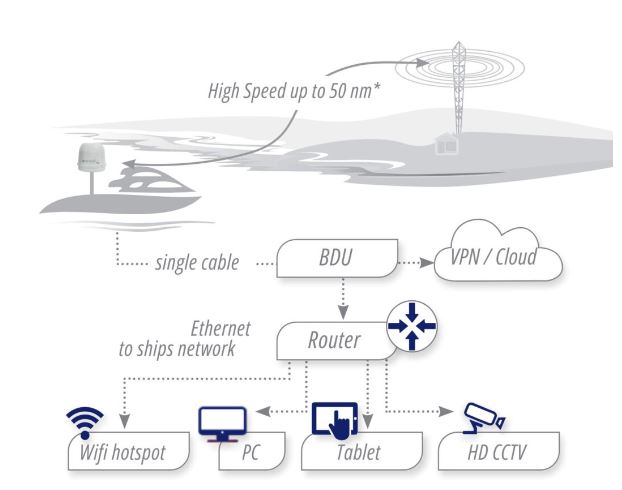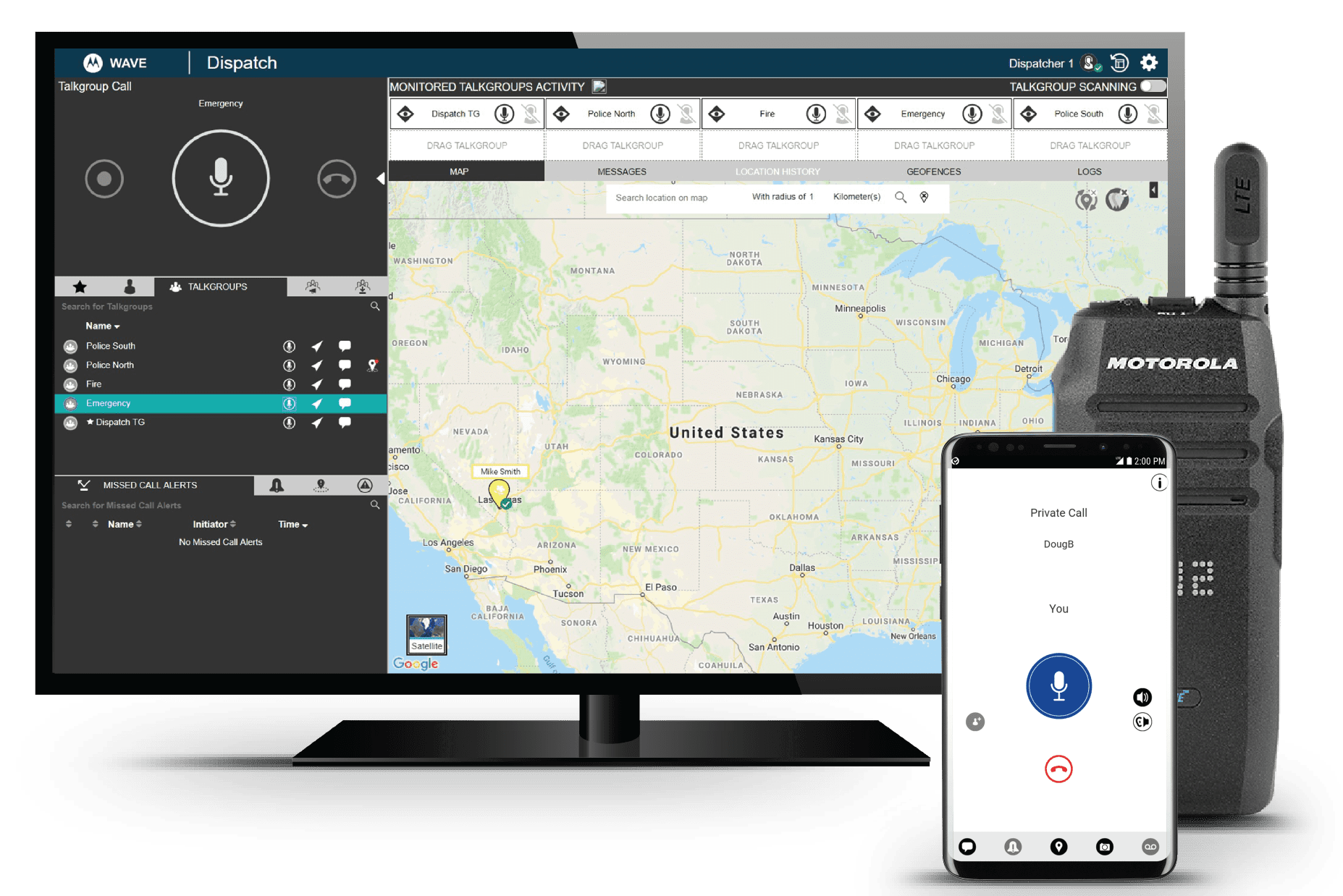Modern business communications rely heavily on network connections, where point-to-point and multipoint systems represent two fundamentally different approaches. Point-to-point communication creates a dedicated link between two devices and reserves the entire capacity for that specific connection. The exclusive arrangement can waste valuable network bandwidth when resources aren’t fully used. Multipoint communication creates a shared link that connects a single sender to multiple receivers and maximizes network bandwidth usage.
Point-to-point systems work as a unicast connection with dedicated channel capacity to transmit data packets. Businesses throughout Saudi Arabia, from Riyadh’s bustling commercial centers to Jeddah’s expanding residential areas, find multipoint solutions more flexible. The difference between these network connections becomes most important when organizations scale their operations in high-density environments or deploy infrastructure in places like Dammam. Organizations increasingly prefer point-to-multipoint systems for wireless broadband services and budget-friendly last-mile connectivity to homes and businesses. This represents a fundamental change in networking strategies.
Understanding the Basics: Point-to-Point vs Multipoint
Network connections’ basic architecture determines how data moves between devices. These designs are the foundations of how Saudi Arabian businesses build their communication infrastructure.
Definition of Point-to-Point Communication
Point-to-point communication creates a direct link between two communication endpoints or nodes. This type of connection sets up an exclusive channel where data flows directly between specific points without any stops or sharing with other devices. The channel’s full capacity belongs only to these two points. Much like a phone call where only two callers can hear each other, point-to-point connections provide dedicated data pathways.
Definition of Multipoint Communication
Multipoint communication creates a one-to-many connection that provides multiple paths from one location to several others. People also call it multidrop line configuration, where multiple devices share a single link. Each device connecting to the link shares the channel capacity temporarily. Many refer to multipoint networks as ‘broadcast networks’ because every device on the link receives and processes transmitted packets.
Types of Network Connections in Business Context
Businesses in Riyadh, Jeddah, and Dammam employ both connection types based on their needs. Commercial areas that need high security use point-to-point connections to create dedicated secure links between two points in a private network. These connections work with both wired and wireless setups and offer various bandwidth speeds that match specific business needs.
Multipoint connections shine in several business scenarios:
- Wireless broadband services: These work well in residential areas or remote locations where individual connections aren’t practical
- Last-mile connectivity: A single base station serves multiple end users and provides economical internet access to homes and businesses
- Video surveillance: One base station connects to multiple cameras for live monitoring across business sectors
The choice between these architectures comes down to specific needs for security, bandwidth allocation, and scalability in the business environment.
Technical Differences That Matter
The technical specifications of network connections go beyond simple architectures and show vital operational differences that shape business decisions in Saudi Arabia.
Link Configuration: Dedicated vs Shared
Point-to-point connections give exclusive, dedicated links between two specific endpoints. These links mean the infrastructure serves only those two points, similar to a private highway reserved for one vehicle. Multipoint configurations use shared infrastructure where multiple devices connect through the same network resources. This core difference affects how businesses in Riyadh’s commercial areas deploy their communication systems. Dedicated circuits provide exclusive access, while shared circuits split infrastructure among multiple users.
Bandwidth Allocation: Reserved vs Dynamic
Point-to-point configurations reserve the channel’s full capacity exclusively for the two connected devices. This dedicated bandwidth gives consistent performance whatever the external network activities. Multipoint systems use dynamic bandwidth allocation that lets channel capacity be shared among devices temporarily. The technique takes advantage of network characteristics where users connect at different times and traffic happens in bursts. This creates gaps between data packets that can accommodate other traffic.
Device Participation: One-to-One vs One-to-Many
Point-to-point connections allow only one transmitter and one receiver. They work as unicast connections with direct, dedicated paths for data transmission. Multipoint systems let one sender transmit to multiple receivers at once. This setup is particularly valuable for businesses in Jeddah and Dammam that need to use resources efficiently across multiple locations.
Security and Privacy: Isolated vs Shared Channels
Point-to-point connections’ isolated nature provides improved security by limiting communication to intended endpoints. This restriction reduces unauthorized access risks substantially. These networks typically create private connections that outside threats cannot access via the internet. Multipoint configurations are efficient but need extra security measures since their shared channels could expose data to other receivers on the same network.
Why Businesses Are Making the Switch
The change from point-to-point to multipoint network connections is a strategic business choice that streamlines operations and opens up growth opportunities.
Scalability in Commercial and Residential Areas
Businesses that grow quickly need to think over scalability. Point-to-multipoint technology lets companies add or reduce connections based on what they need. Companies in Saudi Arabia’s commercial districts and residential areas find this adaptability crucial as their operations grow. PtMP networks can handle thousands of users at once, which makes them perfect for large-scale communications. Networks that can grow with your business become even more vital as operations expand, and they help maintain smooth operations.
Cost Efficiency in Infrastructure Deployment
Budget-friendly multipoint systems give businesses plenty of reasons to switch:
- These systems cut infrastructure costs by up to 50% compared to traditional point-to-point networks
- You’ll spend less on cable installation and maintenance
- No extra costs for permits or fees that usually come with cable setup
- Phone company charges become a thing of the past
It also works on a “pay-as-you-go” model, so businesses only pay for their actual usage.
Performance in High-Density Environments like Riyadh and Jeddah
Network performance becomes crucial in busy urban centers like Riyadh and Jeddah. Multipoint networks make the best use of bandwidth, which cuts down on congestion and boosts overall performance. These networks support high speeds that work great for video conferencing and large data transfers. Businesses in packed commercial districts can stay connected even with many users online at once.
Ease of Expansion in Growing Business Sectors
Adding users to a point-to-multipoint system becomes straightforward once you have a base station. Saudi Arabia’s growing business sectors find this simple expansion feature invaluable. These networks adapt to increased demand without major infrastructure changes. Companies can quickly jump on growth opportunities without getting stuck waiting for complex network changes, which helps them enter new markets efficiently and securely.
Real-World Applications and Use Cases
Point-to-multipoint network connections solve practical challenges in sectors of all types. Their value goes beyond just theoretical advantages.
Wireless Broadband in Remote Areas
Traditional fiber installation becomes too expensive in rural areas with sparse populations or challenging terrain. Point-to-multipoint deployments help bridge this digital divide. About 2.7 billion people (34% of the world’s population) still can’t access the digital economy. This gap shows up clearly in least developed countries, where only 36% of people were online in 2022. Point-to-multipoint networks help solve this problem. Nova Scotia proves this works – their systems delivered 1.5 Mbps throughput to rural subscribers at urban-level costs. Then more people got connected, and now 40% of Nova Scotia’s rural residents use broadband services.
Video Surveillance and Security Systems
Modern security needs have made IP networked cameras connected through wireless technology the preferred choice over traditional analog CCTV systems. Digital IP networked cameras come with clear benefits:
- You can control and monitor live feeds through web browsers or mobile apps
- PTZ controls let you track objects in large spaces
- Power-over-Ethernet reduces both cable costs and setup time
- Image quality meets evidence-grade standards
These systems work great with point-to-multipoint networks because they handle multiple video streams while keeping the quality needed for facial recognition and license plate reading.
Enterprise Connectivity in Dammam and Saudi Arabia
Saudi Arabian businesses, including those in Dammam, need secure and reliable communication between their systems, devices, and locations. This network supports remote work, cloud computing, Internet of Things, and strong cybersecurity. Multipoint networks connect businesses, banks, school districts, and healthcare facilities on one internet network. Regional hospitals use this technology to send live feeds from emergency rooms to distant stroke centers. Specialists can view, assess, and treat patients live.
Last-Mile Internet Delivery for ISPs
The “last mile” connects service providers’ infrastructure to end-users. Fiber networks carry hundreds of gigabits of internet access, but speeds often drop in the last 15 meters from street to home. Point-to-multipoint technology delivers fiber-like speeds through wireless connections without expensive physical infrastructure. This matters because only 2.29 billion people worldwide live within ten kilometers of current fiber-optic cable networks.
Comparison Table
| Feature | Point-to-Point | Multipoint |
| Connection Type | Dedicated link between two devices | One-to-many connection sharing single link |
| Bandwidth Allocation | Reserved for one specific connection | Multiple devices share bandwidth dynamically |
| Security Features | Better security through isolated channels | Needs extra security due to shared channels |
| Scalability | Limited to two endpoints | Supports thousands of users at once |
| Cost Efficiency | Higher setup and maintenance costs | Cuts infrastructure costs by up to 50% |
| Device Configuration | One transmitter connects to one receiver | Single sender reaches multiple receivers |
| Main Applications | Secure apps, private networks | Wireless broadband, video monitoring, last-mile access |
| Channel Usage | Connection’s capacity stays reserved | Users share available capacity |
| Infrastructure | Dedicated setup between points | Multiple access points share resources |
| Expansion Capability | New setup needed for each connection | Base station easily adds new users |
Conclusion
Point-to-point and multipoint network connections each offer unique benefits to businesses looking for the best connectivity options. Point-to-point systems work best when companies need dedicated bandwidth and secure isolated channels. But multipoint connections bring several advantages that explain why Saudi Arabian businesses are making this transformation.
Companies save money by switching to multipoint systems. These networks can cut costs by up to 50% compared to traditional point-to-point setups. On top of that, multipoint systems can handle thousands of users at once and grow easily without major upgrades.
The performance boost makes an even stronger case for multipoint networks, especially in busy cities like Riyadh and Jeddah. Smart bandwidth allocation reduces network traffic and makes everything run smoother. Companies with multiple locations can share infrastructure and get better results.
Ground applications show how valuable multipoint connections are in a variety of sectors. Wireless broadband helps connect remote areas to the internet, while security cameras can stream multiple video feeds at once. Saudi Arabian companies rely on these networks to support remote work, cloud computing, and IoT projects.
Point-to-point connections still make sense for certain high-security needs. The future belongs to multipoint architecture for most business uses. These systems are flexible, affordable, and scalable – exactly what modern companies need. Business leaders should review their specific needs when picking between these network types. The ongoing move toward multipoint systems shows a basic transformation in networking that will keep reshaping the digital world across Saudi Arabia and beyond.
check the last updates on communication technology with Abdulrahman Alshareef Group officer website.



